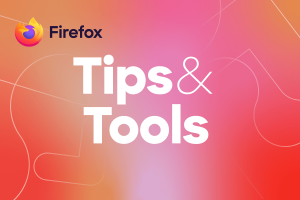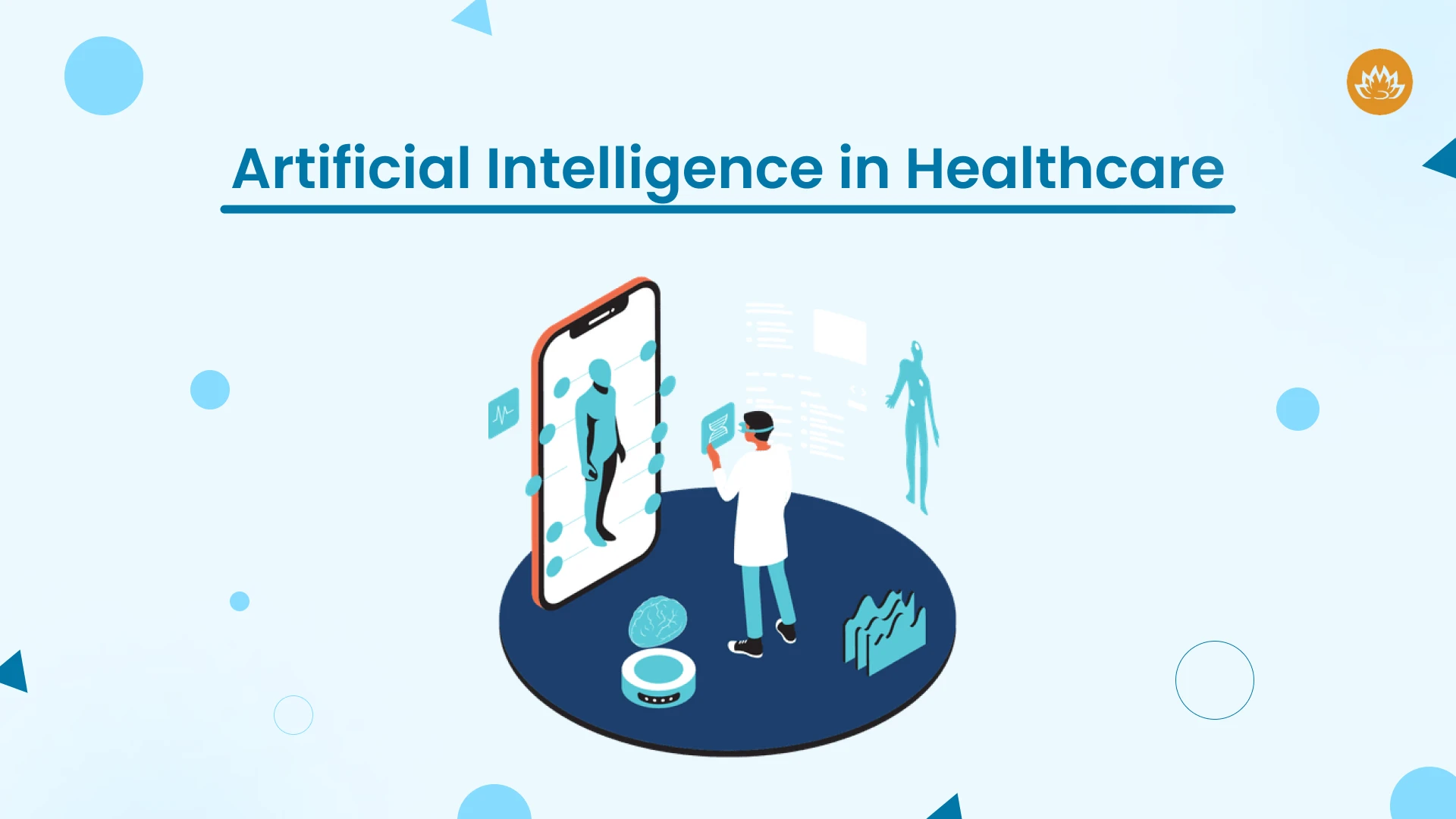Introduction
In today’s fast-paced business landscape, efficiency is key to staying competitive. Technology has evolved rapidly, providing businesses with powerful tools to streamline operations, reduce costs, and enhance productivity. By leveraging IT solutions, you can transform your business and achieve significant improvements in efficiency.
In this blog post, we will explore seven effective ways to improve your business efficiency using IT. 
1. Cloud Computing: A Scalable Solution
Cloud computing has revolutionized the way businesses store, access, and manage data. By migrating your IT infrastructure to the cloud, you can:
- Reduce IT costs: Eliminate the need for expensive hardware, software, and maintenance.
- Improve scalability: Easily scale your resources up or down to meet changing business demands.
- Enhance accessibility: Access your data and applications from anywhere with an internet connection.
- Ensure data security: Benefit from robust security measures implemented by cloud providers.
Popular cloud platforms like Amazon Web Services (AWS), Microsoft Azure, and Google Cloud Platform offer a wide range of services, including computing power, storage, databases, and analytics tools.
2. Automation: Streamline Repetitive Tasks
Automation is a powerful tool for improving efficiency and reducing human error. By automating repetitive tasks, you can free up your employees to focus on more strategic and value-added activities.
- Process automation: Use workflow automation tools to streamline business processes, such as invoicing, payroll, and customer support.
- Robotic process automation (RPA): Automate repetitive tasks performed by humans, such as data entry and form filling.
- Artificial intelligence (AI): Leverage AI-powered solutions to automate tasks that require intelligence, such as customer service chatbots and predictive analytics.
3. Business Intelligence: Make Data-Driven Decisions
Business intelligence (BI) tools provide valuable insights into your business data, enabling you to make informed decisions. By analyzing data from various sources, you can identify trends, uncover opportunities, and optimize your operations.
- Data warehousing: Store and manage large volumes of data from different sources.
- Data analytics: Use analytics tools to analyze data and extract meaningful insights.
- Reporting and dashboards: Create interactive reports and dashboards to visualize data and share key metrics.
4. Cybersecurity: Protect Your Business Assets
In today’s digital age, cybersecurity is a top priority for businesses of all sizes. By implementing robust cybersecurity measures, you can protect your sensitive data, prevent unauthorized access, and mitigate the risk of cyberattacks.
- Network security: Secure your network infrastructure with firewalls, intrusion detection systems, and VPNs.
- Endpoint security: Protect your devices (computers, laptops, smartphones) with antivirus software, endpoint detection and response (EDR) solutions, and strong password policies.
- Data security: Implement data encryption, access controls, and regular backups to safeguard your sensitive information.
- Employee training: Educate your employees about cybersecurity best practices to prevent phishing attacks and other social engineering threats.

5. Collaboration Tools: Enhance Teamwork
Effective collaboration is essential for business success. IT tools can facilitate collaboration among teams, regardless of their location.
- Cloud-based productivity suites: Use tools like Google Workspace or Microsoft 365 for document sharing, real-time collaboration, and communication.
- Project management software: Plan, track, and manage projects efficiently using tools like Asana, Trello, or Basecamp.
- Video conferencing: Conduct virtual meetings and collaborate remotely using video conferencing platforms like Zoom, Microsoft Teams, or Google Meet.
6. Customer Relationship Management (CRM): Improve Customer Satisfaction
A CRM system helps you manage customer interactions, track sales opportunities, and provide excellent customer service. By using a CRM, you can improve customer satisfaction, increase customer loyalty, and drive sales.
- Customer data management: Store and manage customer information, including contact details, purchase history, and preferences.
- Salesforce automation: Automate sales processes, such as lead generation, opportunity tracking, and quote creation.
- Customer service management: Track customer inquiries, resolve issues promptly, and provide personalized support.
7. Internet of Things (IoT): Optimize Operations
IoT devices connect to the internet and collect data, enabling you to gain valuable insights into your operations. By leveraging IoT, you can improve efficiency, reduce costs, and enhance decision-making.
- Smart manufacturing: Optimize production processes using sensors, automation, and predictive maintenance.
- Supply chain management: Track inventory levels, monitor shipments, and improve logistics.
- Building automation: Control energy consumption, optimize HVAC systems, and enhance security.
Conclusion
IT plays a vital role in improving business efficiency. By implementing the strategies outlined in this blog post, you can streamline your operations, reduce costs, and enhance productivity. Embrace technology and leverage its power to drive your business forward






Leave a Reply